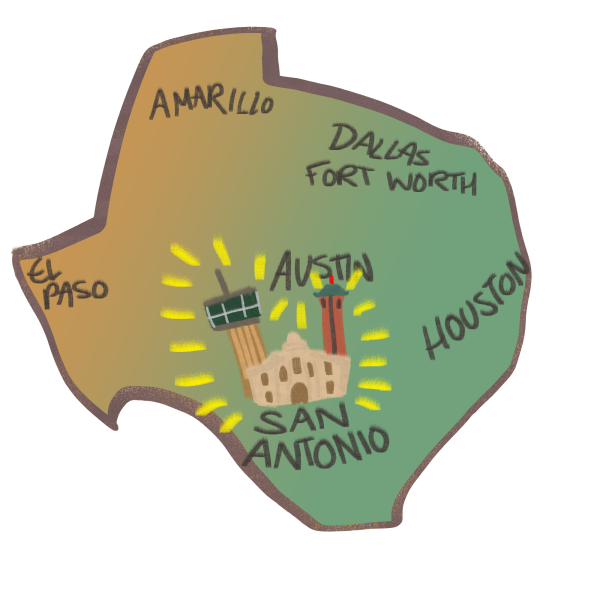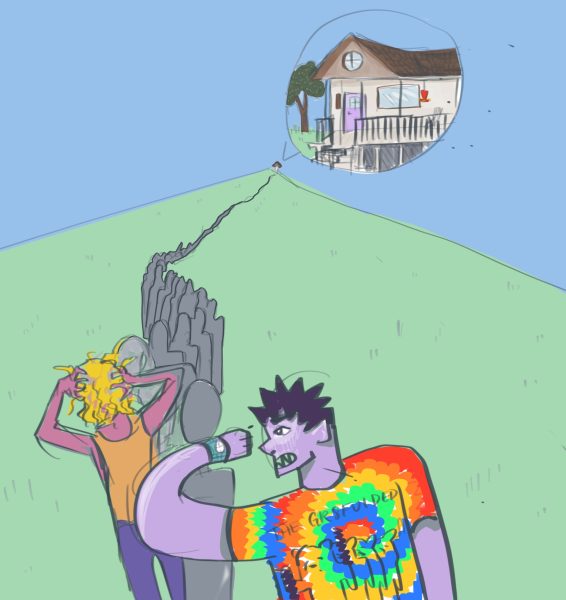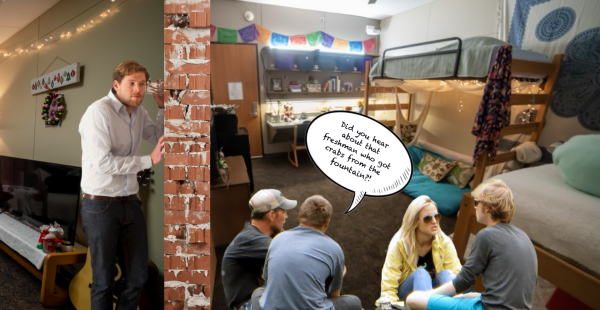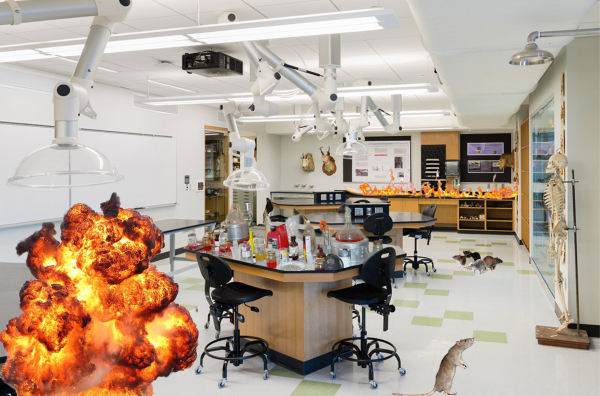Know the value of local news sources
It’s not uncommon for me to hear someone, typically of my parents’ generation, announce that they are committing themselves to only reading from a set list of news sources; that they’re done with the fluff and only going to focus on the “real stuff,” the “facts.” Most of the time, this involves them cutting out any and all local newspapers from their reading list, making the announcement that they’ll be logging out of their Facebook account, and shifting their focus only to major news outlets.
To discredit or reject the reporting done by local newspapers is to do a huge disservice — a disservice not just to those writers, but to yourself.
Due to their understanding of localized issues, our local papers are able to provide in-depth, investigative reporting. If you’re one of the 2.3 million people that’s watched Hasan Minaj’s the Patriot Act episode “Why the News Industry is Dying,” you know that small newspapers are responsible for uncovering many of the events that have sparked major headlines in recent years. A regional paper in Florida, the Miami Herald, published the investigative journalism piece that revealed the decades of sexual abuse of minors by Jeffrey Epstein; the Indianapolis Star is responsible for the groundbreaking reporting on U.S. Olympic gymnastics coach Larry Nassar and on “Subway Jared.”
In every newsroom sits an executive staff that makes the decisions on what they want to cover that week. Whether that staff be made up of one, two or 10, they ultimately decide what is “newsworthy.” The executive staff from your local newspapers best understand the interests of your community and are best equipped to cover the most relevant stories — stories that may be overlooked by larger news outlets.
For a long time, major newspapers refused to acknowledge the things going on even on their own block — literally.
When the AIDS crisis shook New York City’s LGBTQ+ community, the New York Times infamously refused to acknowledge the severity of the crisis, much less the presence of NYC’s gay community. Although they addressed the arising of the mystery disease in the early ’80s, it would be another two years before they gave the crisis space on the front page.
By the time the AIDS crisis had made the front page of the Times — a small, bottom-of-the-page space at that — there had been 1,450 confirmed cases and 558 deaths. When they did cover AIDS in the time before then, rarely was its transmission via sexual activity discussed, and it was once referred to as a “new homosexual disorder” in headlines. The harm in that seems self-evident.
As for many social movements, the initial informative coverage on the AIDS crisis was conducted by local gay newspapers and zines in New York City and San Francisco. Rather than waiting for major news outlets to cover the story, they informed their communities themselves.
Had these localized sources of news and information not existed, much of what we know about the complex social issues and controversies surrounding AIDS today wouldn’t have gone on-record — just because they weren’t covered by the bigger papers.
This issue isn’t unique to the AIDS crisis and can be said about various social movements throughout history and in the present. For instance, although most national news media coverage of this summer’s Black Lives Matter protests dwindled as the months went on, they were still very much taking place in cities and towns across the country, documented mostly by local news sources and social media.
This is not to say that you cannot have a favorite news outlet or enjoy the content produced by major news outlets. But too often, we look over our local news sources and go straight to news from the big names like CNN, New York Times, TIME or the Wall Street Journal. These sources are important and can provide insightful coverage of national and international events. But our local papers can do so much more for us.
We must still pay attention to what is happening in the world that is not declared “newsworthy” by large newspapers. Sometimes, to find reporting on what’s important to you, you just need to look in your own backyard.










